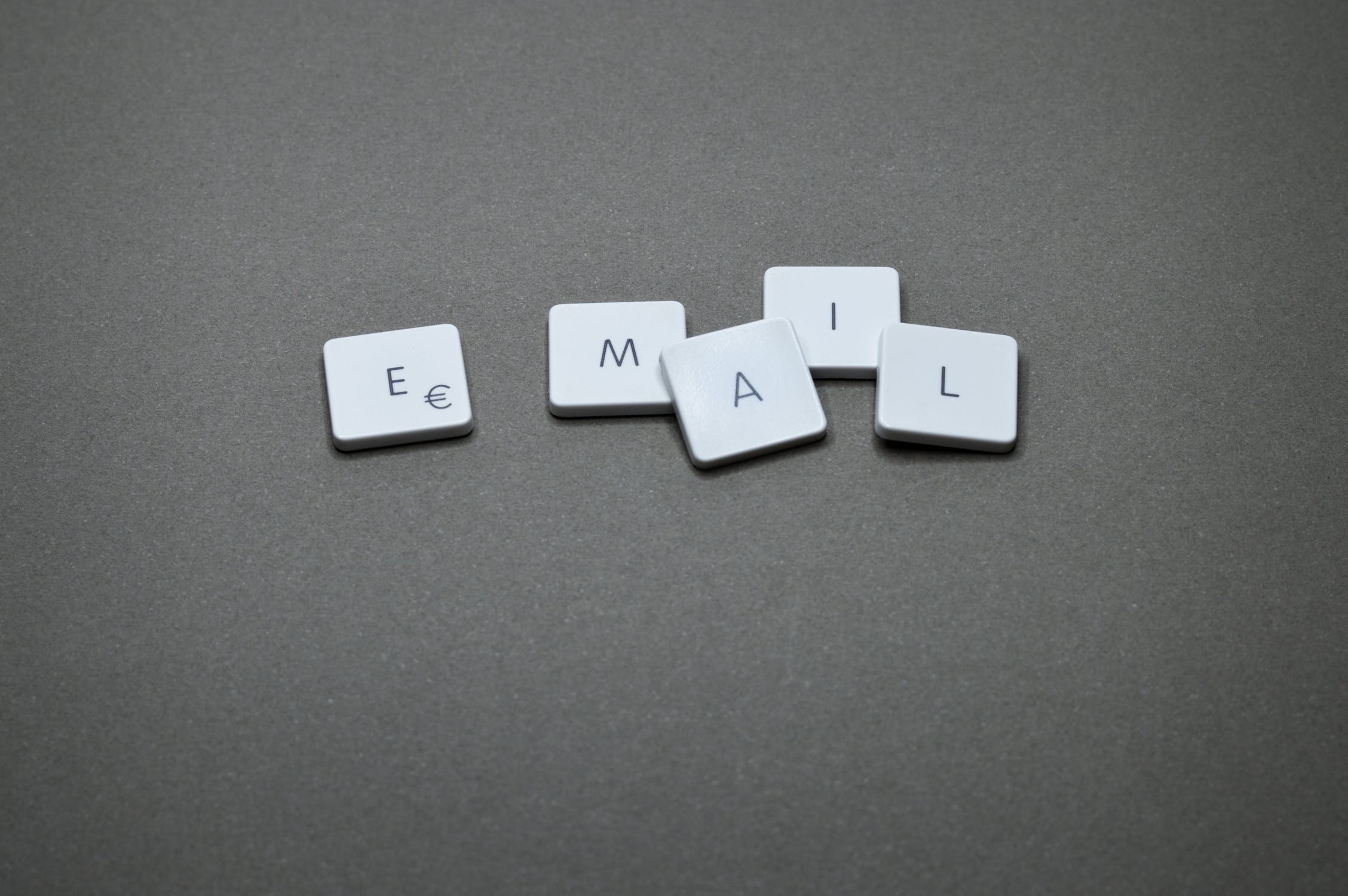
Spam filters can be useful for filtering out annoying and potentially malicious emails. However, as many of us have no doubt encountered in the past, sometimes they can filter out the wrong types of email.
This can be a nuisance for the recipient, but it can be even more of a nuisance for the sender. Generally, contacts that you regularly email will always receive your emails. However, if you’re cold emailing strangers, there could be a reduced chance of your emails getting through.
A clear indicator that your emails are going straight to recipients’ junk folders is no responses. Email tracking software may also be able to tell you if people are opening your emails (although these tools themselves can sometimes send red flags to spam filters, so they’re not always the best tools to use). You could also try setting up a new address and sending an email to it in order to see if it gets through. If it goes straight to spam, you have a problem.
If you’re convinced that emails are going to spam, don’t panic! Making a few changes to the way you send emails could help you to finally get through to recipients. This could include limiting the amount of emails you send per day, sending plain text emails and always offering a chance to unsubscribe when sending to a mailing list.
The infographic below offers a few extra tips on improving the deliverability of your emails.

Infographic designed by Wiza.co


